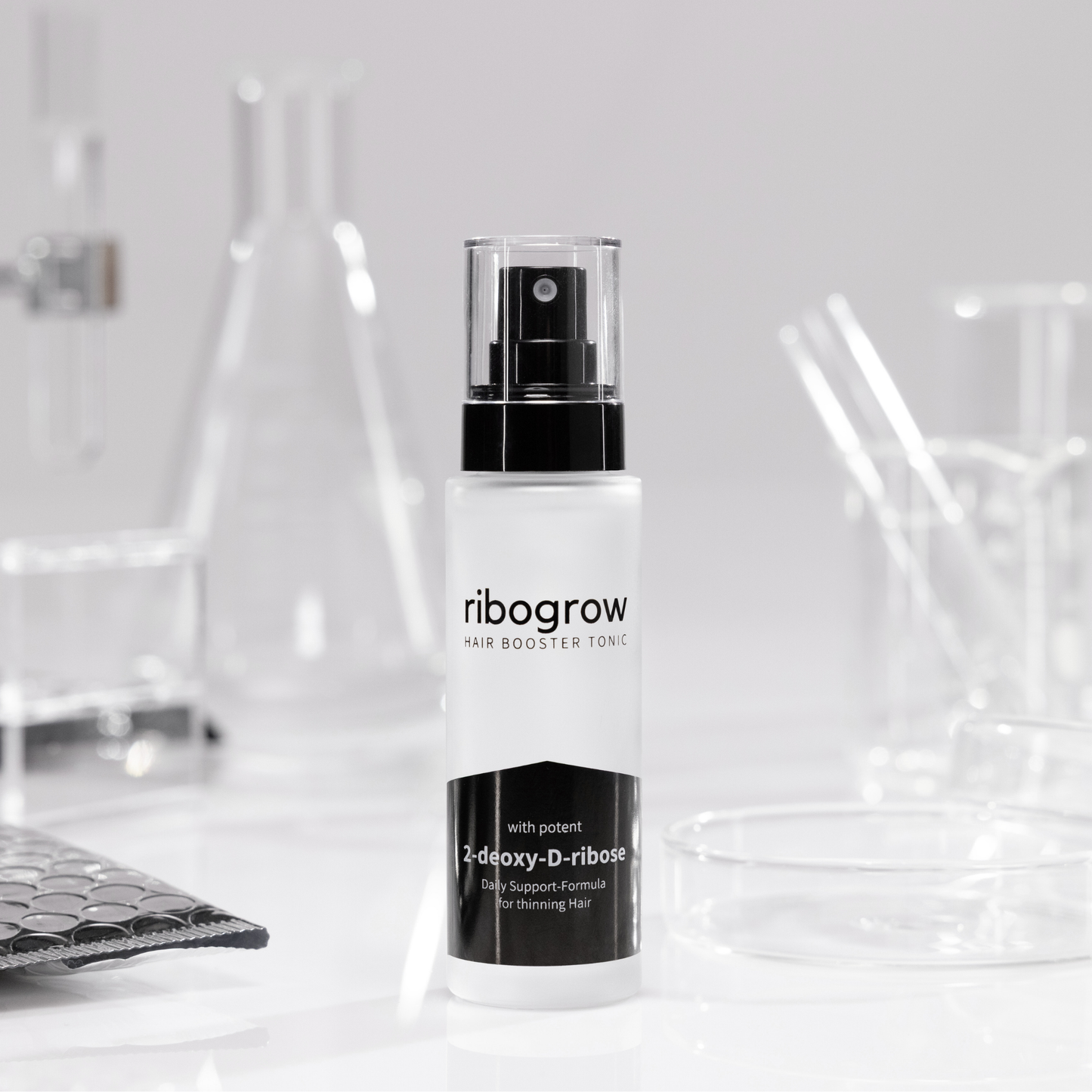
How 2-deoxy-D-ribose is formed and works at the cellular level
Share
What is 2-deoxy-D-ribose and how does it work in the body?
2-Deoxy-D-Ribose C₅H₁₀O₄ (2DDR) is a natural sugar that plays a central role in the energy metabolism of cells and is an important building block of DNA (deoxyribonucleic acid). During DNA formation, ribose (a normal sugar) is converted into 2-deoxyribose through a special biochemical process. This conversion occurs at the level of ribonucleoside diphosphates, a precursor of nucleotides, by the enzyme ribonucleotide reductase. Since 2DDR is a component of DNA, it is found in all human cells, especially in rapidly dividing cells, such as those in the skin and hair follicles. As a substance produced by the body, it supports cell regeneration and promotes cell growth.
How does 2DDR affect the skin?
2-deoxy-D-ribose has a proven effect on blood circulation in the skin. One study has shown that 2DDR supports the formation of new blood vessels (angiogenesis) by stimulating the production of Vascular Endothelial Growth Factor (VEGF). This improvement in blood circulation leads to the skin being better supplied with oxygen and nutrients, which in turn promotes cell regeneration and healing processes in the skin.
How does 2DDR affect the hair growth process?
2-Deoxy-D-Ribose works at the cellular level by improving the energy supply to the cells in the skin through increased blood flow. This increased energy production can support the hair follicles and promote their regeneration. Especially in cases of hair loss caused by weakened hair follicles, 2DDR offers a way to revitalize cell functions and promote hair growth.



















